Solar panel installation is gaining a lot of traction in Australia and for a good reason. Solar panels not only help you reduce your carbon footprint. They also make you energy-independent and do a decent job at slashing your electricity bills. Not to mention, the boost they give to the value of your property, attracting energy-conscious buyers.
Despite its tangible, hard-to-overlook benefits, the costs of installation remain pretty high. Sometimes, these costs can go beyond the initial investment. These are thus labeled as hidden costs of solar panel installation.
Besides the upfront costs that include panels, inverters, and installation, some costs are not immediately apparent.
This article will look at what each of these costs are, and how to identify them beforehand. We will also delve into why despite the hidden costs, solar is still the best way to go.
Hidden costs of solar panel installation
1. Roof repair and reinforcements
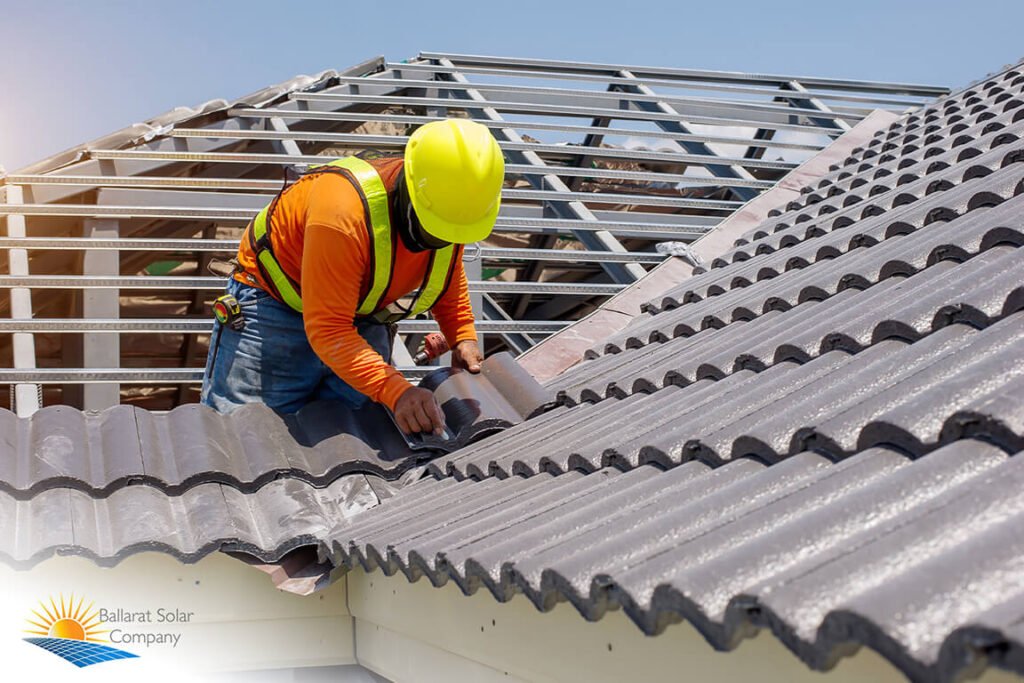
The condition of your roof, where the panels will be installed, is one of the major considerations when going solar. Solar panels typically last for 25 to 30 years. If your roof is nearing the end of its life, reinstallation 2 or 3 years down the road could be a big expense for you.
Another consideration is the structural integrity of your roof. The panels and associated equipment put extra weight on the roof. If your roof is old, the extra load might damage it, causing structural issues to your property. Hence you might end up paying for roof reinforcments to bear the added load of solar panels.
Pro tip: Get a thorough roof inspection done before pursuing your clean energy goals. Start conducting regular roof assessments and address minor issues before they turn into expensive repairs or upgrades.
Being proactive can help spread out the expense over time and make solar panel installation more cost-effective.
2. Electrical system upgrades
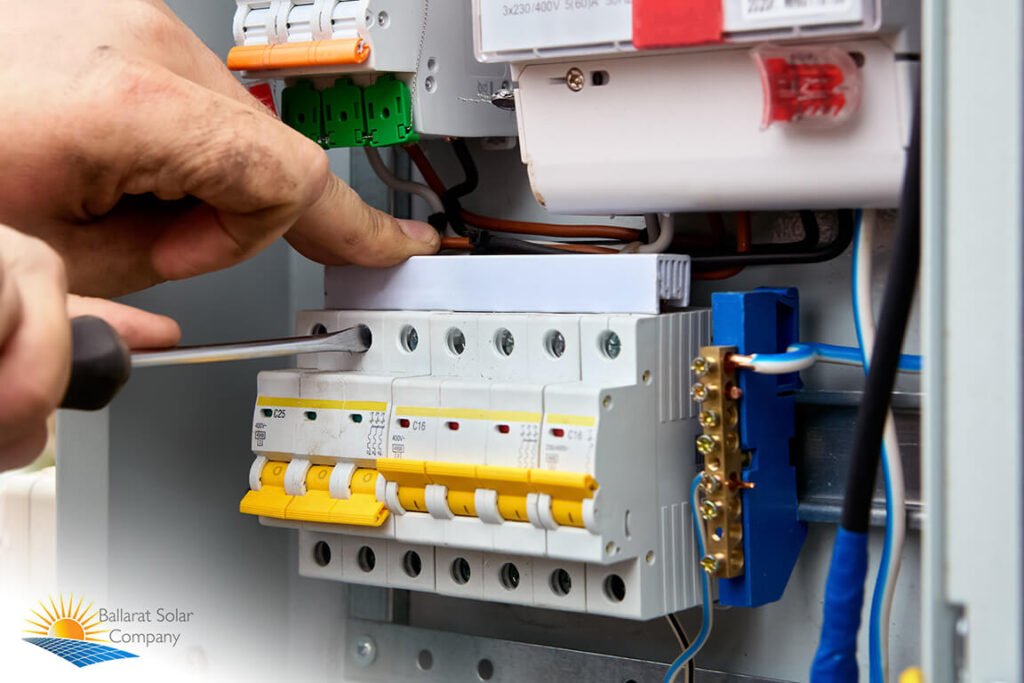
Once the electricity is produced using solar energy, it then flows to the inverter to convert the direct current into an alternate current. It then flows to your home’s electrical panel, and then to your appliances. However, if your current electrical panel is outdated, it might not be able to handle this additional power.
Hence, you will have to upgrade your electrical system to ensure safety and efficiency. This may include new panels, wiring, and breakers, all of which can be a significant expense, adding to the original costs of solar panel installation.
Pro Tip: Call a certified electrician to evaluate your home’s existing electrical system. With a clear picture of the necessary upgrades, the associated costs might not come as hidden ones, as a surprise, later on.
You can also plan to go for a smaller solar system, to avoid putting too much strain on your existing electrical system. If you are considering solar installation for a home you are building, design the electrical system with solar in mind.
3. Permits and licenses
Just the way you need permission to build an extension to your home, you will need permits and licenses to install solar panels as well.
The purpose of these permits is to ensure that the installation is done as per the building codes. It also ensures that your electrical system is upto the code. There might be other permits required so the installation doesn’t disrupt the locale character.
Getting all of these permits have costs, which can vary based on your requirements and location. Additionally, getting these permits might be time-consuming too. A delay in obtaining the permit might push back your installation process, and the quotes you have obtained might no longer remain valid.
Pro Tip: While permits and licenses might seem like a hurdle in the way of your solar system installation, they are necessary to ensure installation is safe and legally compliant.
It’s a good idea to research ahead of time and get in touch with experienced installers who can guide you through the process of obtaining permits. Also check out green energy initiatives by your local government, such as incentives and rebates. These may help offset the costs associated with obtaining permits.
4. Solar panel cleaning and maintenance
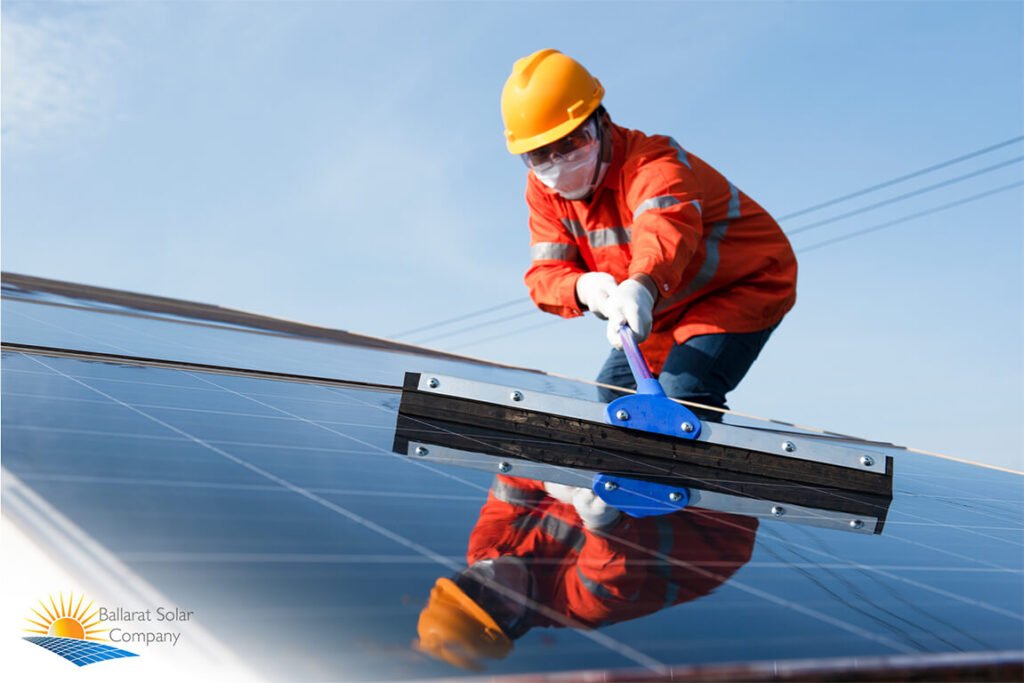
While solar panels require minimal upkeep, they do need occasional cleaning and maintenance. When exposed to the natural elements, they tend to accumulate debris like dust, bird droppings, leaves, and more. This can block the sunlight and affect the efficiency of the panels.
It’s important to note that cleaning is just one aspect of solar panel maintenance. Your solar panels might also need periodic checks. This can highlight potential issues like loose mountings, damaged panels, or malfunctioning inverters.
Professional cleaning and maintenance might cost you somewhere around $100 to $300. This depends on the size of your system as well as the issue that needs fixing.
Pro Tip: When it’s safe to do so, you can go for self-cleaning your panels. You can also run regular visual checks to spot visible issues and get them fixed on time.
Also, ask your installer for any packages that include periodic maintenance as part of the overall cost, rather than standalone services.
5. Insurance premium increases
While installing solar panels adds to the value of your home, it also means that there is more at stake if something goes wrong. This can increase your home’s insurance premium. Your insurance premium might also be impacted by the kind of installation you have opted for, i.e. ground mounted or rooftop installation.
Pro Tip: To avoid such hidden costs of solar panel installations, inform your current insurance provider about your decision to go solar. This will give you an idea of any potential premium change in advance. You can also consider changing your insurance provider and opting for companies that specialise in green and sustainable home solutions.
6. System monitoring equipment
Solar panels are a significant investment and like any other big investment, you would want to ensure maximum return. That’s where the role of system monitoring equipment comes into play.
Depending upon your need you might want to go for a basic ($100 to $500), intermediate ($500 to $1500), or advanced monitoring system ($1000 to $3000 or more). Some monitoring systems might also come with a monthly subscription fee ($10 to $30) for data storage and analytics.
Pro Tip: While the cost of monitoring systems might seem a lot in the beginning, the benefits they offer can be invaluable to track performance and detect issues on time.
You can also go for inverters with built-in monitors and free apps that offer basic-level performance monitoring. If you are tech-savvy, you can also consider DIY monitoring using online guides and carry out regular checks manually.
If you do go for advanced monitoring equipment, make sure to select a package only with features that fit your needs. This will save you from paying for functionalities that you won’t use.
7. Battery storage system
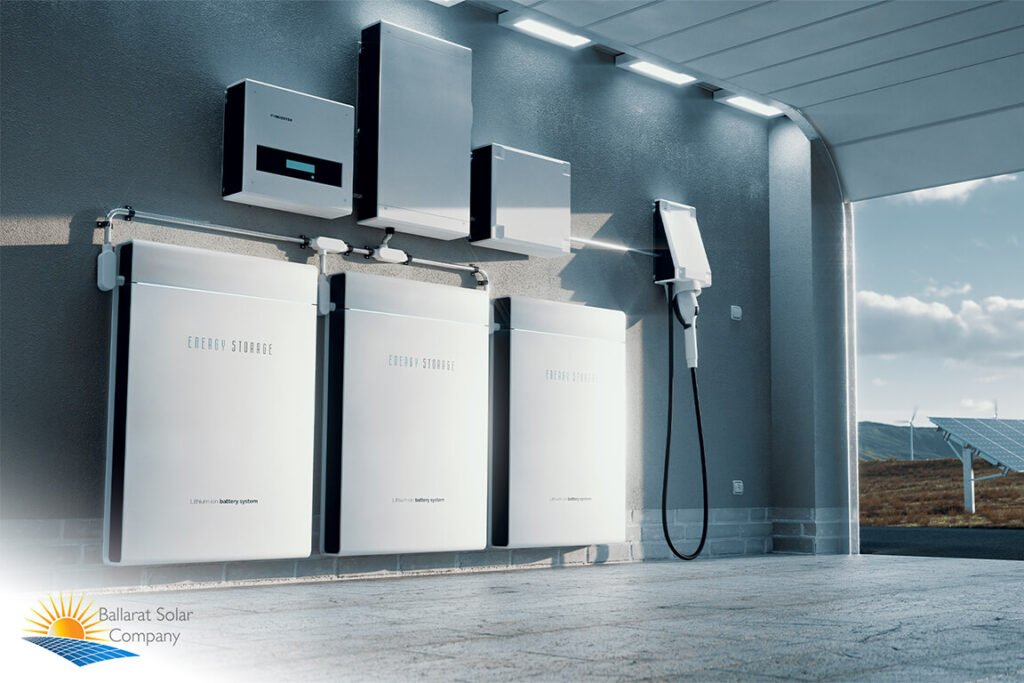
While solar panels work great on sunny days, you might run out of energy when it’s cloudy. That is why you would need a battery storage system, to store the unused, excess power generated by your solar panels.
However, adding a battery storage system can come as an added expense to your overall costs of solar panel installation. These costs can further vary based on the type of battery you choose.
Lead-acid batteries cost between $200-$500 per kWh. Lithium-ion batteries are between $300 to $1000 per kWh. Flow batteries use newer technology and hence prices start at $1000 per kWh and go upwards.
In addition to battery price, battery installation is another expense to consider.
Pro Tip: While battery storage can add to your solar setup, it offers numerous benefits including energy independence and cost-savings.
You can mitigate these additional costs by evaluating your needs and your options. Based on your energy consumption patterns, you may not need a very large battery storage system.
Consider taking advantage of incentives, rebates, and tax credits. You might also want to look at alternative energy storage options such as thermal storage or gravity-based systems. Research and compare solar companies and negotiate with your installer to get the best price.
8. Removal and reinstallation
Should you choose to move homes and decide to take your solar setup with you, you might have to incur further costs. These costs will be in the form of removal of the solar panel system, roof repair, patching, transportation, and reinstallation.
Pro Tip: To avoid this expense, evaluate the cost and benefits of removing and reinstalling the previous system vs. keeping it there and installing a new one in your new home.
Consider factors such as the impact on the property’s value when you remove the solar panel before moving out. Also, consider the system’s age and whether it is worth investing in reinstalling it in the new place. Another factor could be the warranty implications, which might become void when you remove the solar power system.
9. End-of-life disposal
As solar panels reach the end of their useful life, you might want to consider the costs associated with safely disposing of them. Most solar panels come with a warranty of 25 to 30 years. They generally degrade at a rate of 0.5 to 1% a year, which means that even after 30 years, they might still work, although less efficiently.
Disposal fees in landfills can be $25 to $50 per panel. Note that this is the most discouraged means of disposing of solar panels.
Pro Tip: To avoid government penalties, and landfill disposal costs, consider giving it away for recycling to manufacturers, which can be free. You can also consider selling them at a discounted rate or donating them.
Why going solar is still a great decision?
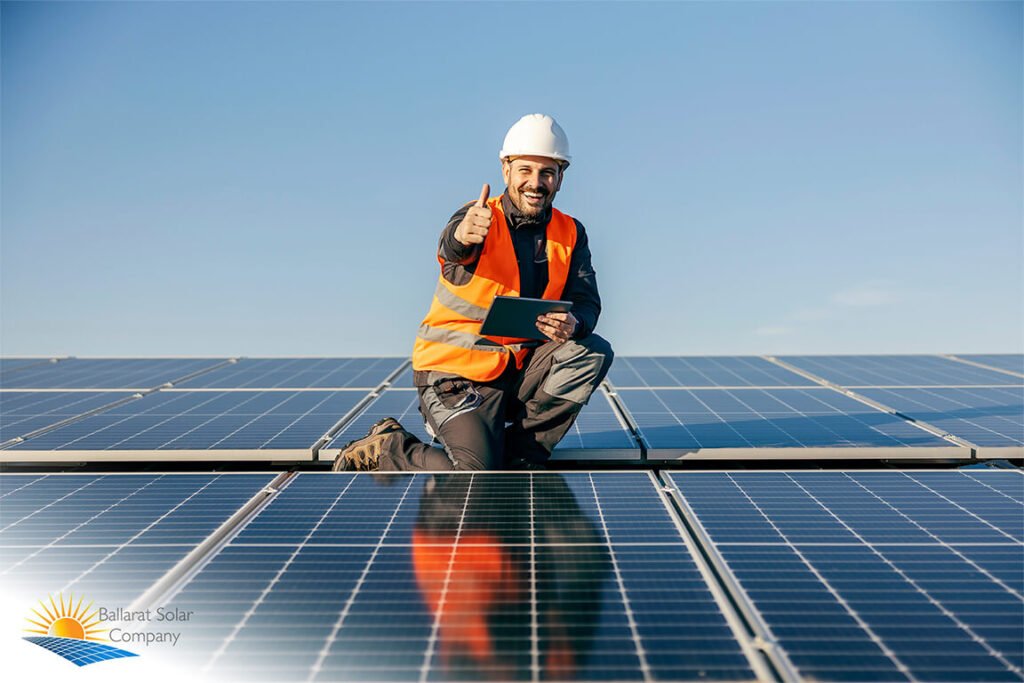
The long-term benefits of going green outweigh the hidden costs of solar panel installation in Australia.
If you do your research well, plan, get multiple quotes, and make use of government incentives and solar rebates, you will be able to get a good return on your investment, in no time.
From long-term savings on power bills to increased property value, reduced carbon footprint, and energy independence, the benefits can be immense.
Conclusion
Solar installation is all the rage in Australia. Despite its hidden costs, which sometimes don’t show until late, it is still being adopted by a majority of homes and businesses.
As licensed and experienced Solar installers in Ballarat, we can guide you through every step of the installation process, from electrical system upgrades to licenses and permits, panel maintenance, monitoring system, battery storage, removal, and disposal. Book an appointment today!


